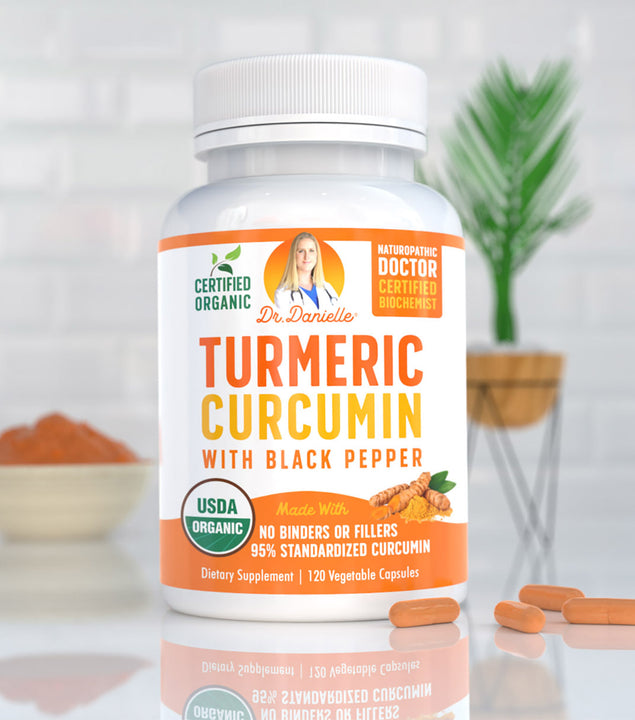Do you love your carbs? Do noodle and rice dishes make your mouth water? Perhaps you suffer from blood sugar regulation issues, diabetes, or overall over consumption of calories? If this is true for you, I have a simple dietary solution. Shirataki noodles and rice!
What is Shirataki?
Shirataki noodles are made from glucomannan, a soluble fiber that comes from the root of the konjac plant. Both the rice and noodles are made by mixing glucomannan flour with water and a small amount of lime water to give it its shape. Because it is only made of soluble fiber, it is extremely low in calories and carbohydrates. This means they are not going to spike your blood sugar levels like most pasta (or carbohydrate) rich foods. Most shirataki products on the market are around 97 percent water and 3 percent fiber.

Shirataki rice and noodles can be used as a substitute in almost any rice or noodle dish. They quickly absorb the flavors of any dish or sauce you prepare so don’t be afraid to give them a try. One serving is only around 10 calories! In a sense, they are “guilt free”. Pretty neat.
In addition, shirataki products are soy free, paleo friendly, gluten free, and vegan. I personally aim for the certified organic brands. There are so many varieties of shapes and styles of shirataki. You can find anything from spaghetti noodles, to spinach noodles, to rice and more

How To Cook Shirataki Noodles or Rice
The first time I tried shirataki rice, I was a little skeptical. If I’m being honest, I need to point out when you open up the package, it will have an odd smell to it. I don’t want to call it fishy but it’s a little fishy. Don't fret, once rinsed and cooked, that all goes away. Also, I was afraid the texture was going to be weird but it was a pretty spot-on substitute for rice.
Pull out a strainer and place it over your sink. Pour the contents of the bag (shirataki noodles usually come in a bag of water solution) in and give it a good rinse in cool water. Rinse it really well for around 20 seconds or more. Then add the rice or noodles to boiling water and boil for 2 minutes. If you want the noodles more dry, strain the water out, and then dry the noodles in a non-oiled pan on medium heat. My preferred method is to just strain them like spaghetti noodles, after rinsing and boiling. Use them as you would in any pasta or rice dish. It turns out you can have your pasta and eat it too!








